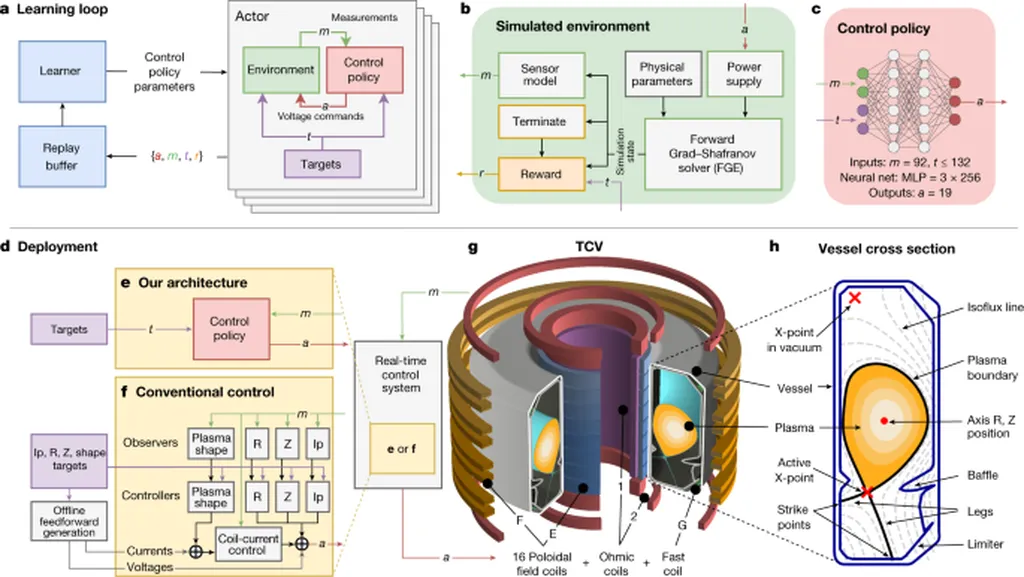In the relentless pursuit of clean, sustainable energy, fusion research stands as a beacon of promise. A recent study published in the journal “Nuclear Fusion” (translated from the original title) introduces a groundbreaking method that could significantly enhance the control and understanding of fusion plasmas. The research, led by Yunfei Ling from the University of Science and Technology of China in Hefei, presents a deep learning-based model named PaMMA-Net, which could revolutionize the way we predict and manage magnetic measurements in tokamak experiments.
Fusion energy, often hailed as the holy grail of clean energy, involves replicating the sun’s power source here on Earth. Tokamaks, doughnut-shaped devices, are at the forefront of this research, using magnetic fields to confine hot plasma in the shape of a torus. Accurate prediction of plasma behavior is crucial for maintaining stability and optimizing performance. However, traditional physics-based models often struggle with robustness and computational efficiency.
Enter PaMMA-Net, a deep learning model designed to evolve magnetic measurements in tokamak discharge experiments with remarkable precision. “Unlike previous methods that focus on evolving specific equilibrium parameters, PaMMA-Net directly evolves magnetic measurements,” explains Ling. This approach bypasses potential errors in data processing, leading to more accurate and comprehensive equilibrium parameters, including plasma shape and current center.
The model’s incremental prediction approach and data augmentation techniques set it apart from existing studies. When tested on real experimental data from the Experimental Advanced Superconducting Tokamak (EAST) in China, PaMMA-Net demonstrated high generalization capability, paving the way for more reliable and efficient fusion energy research.
The implications of this research extend beyond the lab. In the energy sector, where precision and efficiency are paramount, PaMMA-Net could significantly enhance the commercial viability of fusion energy. By improving the control and prediction of plasma behavior, this deep learning model could accelerate the development of fusion power plants, bringing us one step closer to a future powered by clean, limitless energy.
As we stand on the brink of a potential fusion energy revolution, research like Ling’s offers a glimpse into a future where deep learning and advanced physics converge to power our world sustainably. The journey is long, and challenges remain, but with each breakthrough, we inch closer to a future where fusion energy illuminates our lives, powered by the same forces that light the stars.

